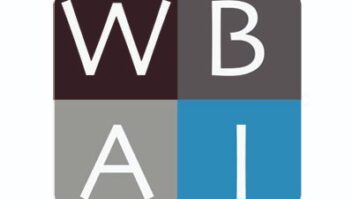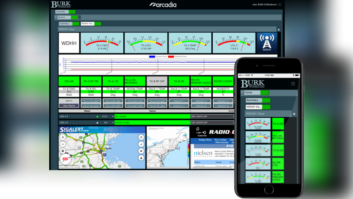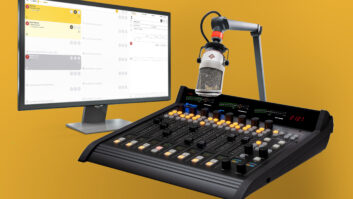
In July, Flemish Media Minister Sven Gatz announced the first 35 stations chosen to be part of the region’s new frequency plan. Credit: Henk Van Hellem
On July 14, Flemish Media Minister Sven Gatz published a list of 35 local radio stations (with more expected to be announced shortly) the government says can take part in the new frequency plan for Flanders, the Dutch-speaking northern portion of Belgium. These stations can now apply for new local licenses from Flemish media regulator Vlaamse regulator voor de Media. The new licenses will take effect as of Jan. 1, 2018.
With this revision to the Flemish media scheme, Gatz says he wants to prepare the three region-wide commercial stations (Q, Joe FM and Nostalgie) for the switch to DAB+ in 2022. He also wants to launch four new “urban” network radio stations.
Another objective of the frequency reform is to strengthen existing local radio stations, making them more economically viable — by expanding their reach, these independent stations will have access to a larger geographical area and advertising potential. According to Flanders Today, he hopes to “bundle radio frequencies into packages, a move designed to prevent competition for any one frequency while still allowing maximum diversity across the dial.”
ZOE FM, a station that broadcasts from Zoersel, near Antwerp, was one of the local stations to be recognized. As of January next year, ZOE FM will broadcast on two FM frequencies, instead of the just one it uses today. “We will be able to reach a broader, but still local audience,” says Tim Peeters, broadcast manager for ZOE FM.
Local stations had until June 14 to present entries for consideration by the Flemish government. Approximately, 236 stations applied for a frequency, 14 of which applied for region-wide status.
“The 35 stations that were recognized entered their application for one specific frequency package, and were not in competition with other stations,” commented Gatz. “They can now continue the administrative process to obtain a broadcast license.”
Gatz expects to conclude the complete frequency allocation round by the end of the year.












